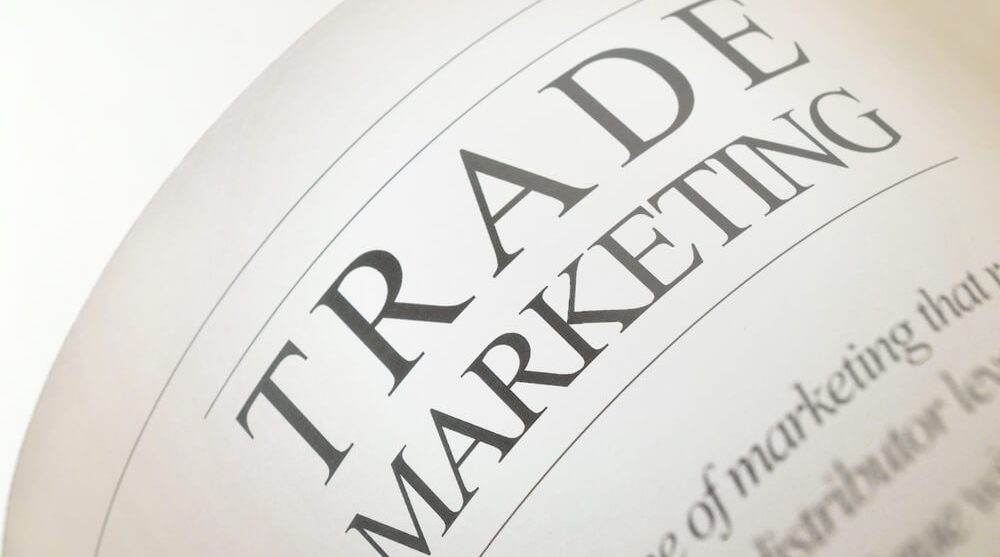You have your business idea and website but require quality products and a trusted, regular supplier to keep your e-commerce store running and competing with the best of them! Some may think that choosing a supplier is merely a matter of comparing price lists – but this should only be one factor in the decision-making process and in fact, there are many other things to consider when choosing a supplier for your products.
Price is obviously a large factor but there should also be other considerations of quality, reliability, stability, and location when making this important choice. Additionally, whilst exclusivity is sometimes a good thing and can build loyalty – to put all of your eggs in one basket can also be risky. What if your chosen supplier lets you down or goes out of business?
Having a strategic plan when first choosing a supplier will benefit you in the long term and ensure a great fit for you both. Here’s where we can help…..by providing these important points to consider when choosing your supplier!

⦁ Price
Clearly, cost is a huge consideration and more so if you are a new business, trying to manage your finances – a competitively priced supplier is likely to look very attractive indeed! However, the old adage ‘you get what you pay for’ still applies here and if it is too good to be true, then it probably is! If corners are cut or quality compromised then it could lead to costs incurred further down the line in the way of returns or replacements. Cheapest is not always the best option. You could be risking your business’s reputation by selling sub-standard goods and this is not always easy to regain. Try to strike a balance between cost, quality, and service.

⦁ Stability
If you are entering into a long-term contract or your chosen supplier provides just the products that you require, then the stability of that company is of utmost importance. It’s prudent to check the supplier’s credit history and ask other businesses for references. If their cash flow is compromised they will not be able to deliver your products when required or fulfill orders. Remember if they let you down, you let your customer down.

⦁ Location
Your supplier will require to deliver products on time in a suitable manner – will dealing with suppliers located far away mean longer delivery times and additional freight or courier costs? Will they be able to fulfill late orders or resolve customer issues in a timely manner? All of these considerations may well impact your business and your customer’s satisfaction.

⦁ A Good Fit
This is hard to define and not always a point considered by company owners, but arguably just as important as the other three factors! If a supplier takes the time to know your business, how you sell, your products, your company ethos and values then you are more likely to build a good working partnership that ensures that you share long-term interests and goals. A strong partnership is invaluable and can assist you both when developing future promotions and incentives and understanding your end customer.
When these all of these points have been considered and you are ready to identify potential suppliers, start your shortlisting process. Finding a supplier online is easier than ever before but there are also many other ways to go about it.

⦁ Trade Exhibitions and Fairs
A perfect opportunity to meet and connect with a whole lot of potential suppliers all in the same place. Check that the fair or exhibition is relevant and suitable to your market first and take this chance to connect and talk to suppliers face to face.

⦁ Word of Mouth or Referral
Possibly one of the best ways to meet a potential new supplier. A friend or colleague is more likely to give an honest appraisal of a company if they have used their services.

⦁ Trade Press and Associations
Trade magazines will feature adverts from suppliers in your specialist trade and if your needs relate to a specific industry or trade there is likely to be an association connected to it. An excellent way to connect with like-minded suppliers.
Finally, always ensure that the supplier that you have chosen will be the one to complete the work – if your supplier outsources the work – you must ensure you are happy with the sub-contractor. Once you have decided on a supplier you can move towards negotiating terms and conditions and building a working partnership.


